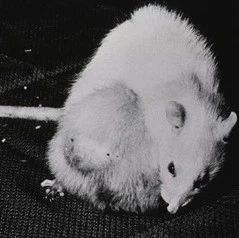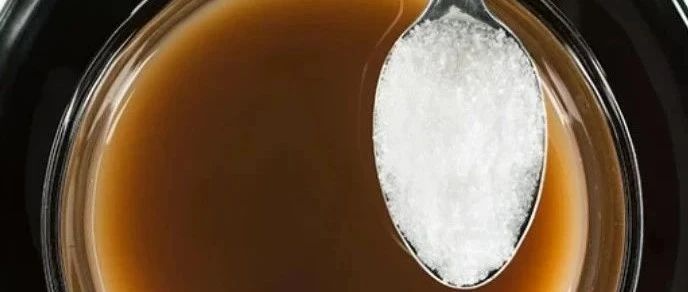
杜克大学医学院的研究人员对造血干细胞间的相互作用及其微环境研究后发现了一种蛋白质,该蛋白质可能是一种长期寻求的造血干细胞生长因子。
这种蛋白质被称为多营养因子,由骨髓血管中的细胞生成。杜克大学的研究人员在小鼠身上进行了研究,研究发现该蛋白有助于移植的造血干细胞在骨髓中的定位,从而在骨髓中生成成熟的红细胞和白细胞。
这一发现发表在《细胞报告》杂志上,可能会导致新的治疗方法产生,快速恢复化疗或骨髓和脐血移植患者的正常血细胞水平。
生物学教授,首席研究员John Chute博士,说,“我们的假说是,pleitrophi具有促进造血干细胞生长的作用,这类似于促红细胞生成素刺激红细胞前体的方式”。
促红细胞生成素可刺激机体产生成熟的红血细胞,因此促红细胞生成素(EPO)的发现使许多患者受益。人工合成的促红细胞生成素常用于贫血患者的治疗。同样地,粒细胞集落刺激因子(Neupogen),一种白细胞生长因子,可用于纠正白血细胞计数较低,而癌症化疗或放疗王万可导致白细胞低。
Chute说,“血液学数十年研究的一个主要目标是确定一种可促进造血干细胞生长而对分化无影响的生长因子”。
多效生长因子可能是这样一种生长因子。多效生长因子,这意味着有“多种类型”,可加速造血干细胞生长并促进来自造血干细胞的所有成熟血细胞谱系生成。在此之前,Chute和他的同事们发现,多效生长因子治疗促进(细胞培养中)小鼠和人血液干细胞增殖,并能够使细胞植入移植小鼠。
医学院助理教授,研究员,Heather Himburg博士及Chute研究小组在新的研究中发现,骨髓中的血管壁细胞可产生多效细胞因子,而且还可作为一种追踪器来吸引和保留干细胞。研究人员证实,编码多效生长因子基因缺失的遗传工程小鼠骨髓中的干细胞数量减少,如果干细胞耗尽,很难再生成新的血细胞。
当研究人员应用抗多效细胞因子抗体治疗正常小鼠时,产生了令人惊讶的作用----引起现有的造血干细胞从骨髓中释放入血液。这一发现令研究人员非常兴奋,因为这种作用与临床上血液干细胞移植中使用所粒细胞集落刺激因子动员供体骨髓干细胞时所观察到的作用类似。
Chute 说,“这些发现提出了两种可能的治疗用途”。 “多效细胞因子治疗可在化疗或骨髓移植后帮助患者的造血细胞快速再生。再者,抗多效细胞因子抗体可能对外周血干细胞动员有益。”
研究人员正计划进行进一步研究,以了解这种归巢系统的工作原理,以及多效细胞因子是如何与其他生长因子相互作用来调节体内血液干细胞的功能。Chute说,鉴于一些以前的研究所发现的多效细胞因子可促进肿瘤细胞生长等结果,人安全性研究将显得至关重要。

 Pleiotrophin Regulates the Retention and Self-Renewal of Hematopoietic Stem Cells in the Bone Marrow Vascular Niche.
Pleiotrophin Regulates the Retention and Self-Renewal of Hematopoietic Stem Cells in the Bone Marrow Vascular Niche.
Himburg HA,Harris JR,Ito T,Daher P,Russell JL,Quarmyne M,Doan PL,Helms K,Nakamura M,Fixsen E,Herradon G,Reya T,Chao NJ,Harroch S,Chute JP
Abstract:The mechanisms through which the bone marrow (BM) microenvironment regulates hematopoietic stem cell (HSC) fate remain incompletely understood. We examined the role of the heparin-binding growth factor pleiotrophin (PTN) in regulating HSC function in the niche. PTN(-/-) mice displayed significantly decreased BM HSC content and impaired hematopoietic regeneration following myelosuppression. Conversely, mice lacking protein tyrosine phosphatase receptor zeta, which is inactivated by PTN, displayed significantly increased BM HSC content. Transplant studies revealed that PTN action was not HSC autonomous, but rather was mediated by the BM microenvironment. Interestingly, PTN was differentially expressed and secreted by BM sinusoidal endothelial cells within the vascular niche. Furthermore, systemic administration of anti-PTN antibody in mice substantially impaired both the homing of hematopoietic progenitor cells to the niche and the retention of BM HSCs in the niche. PTN is a secreted component of the BM vascular niche that regulates HSC self-renewal and retention in vivo.






